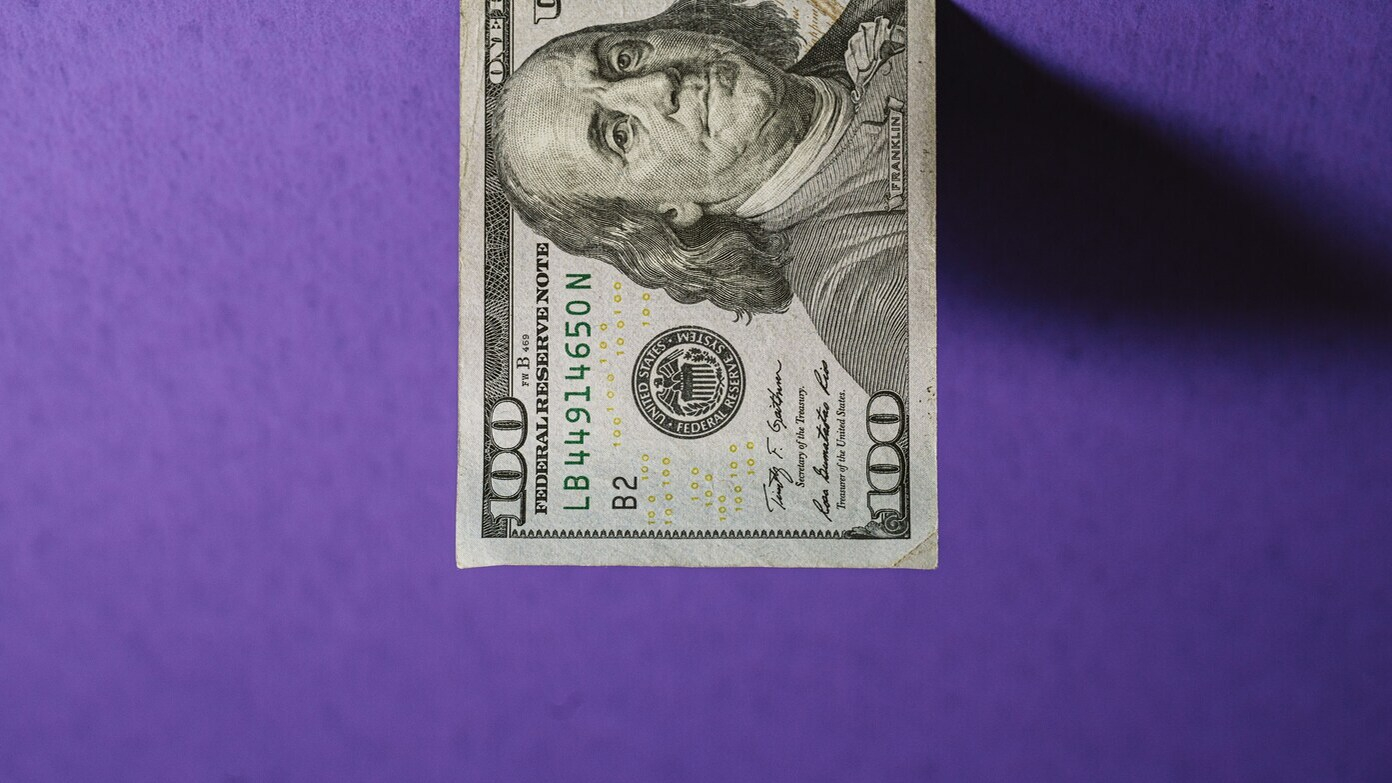The 1999 Georgia State Quarter, part of the U.S. Mint’s 50 State Quarters Program, holds significant interest for numismatists and casual collectors alike. While its face value is 25 cents, certain variations and minting errors have elevated its worth considerably in the collector’s market.
Design and mintage
Released on July 19, 1999, the Georgia Quarter was the fourth coin in the 50 State Quarters series. The reverse design, crafted by T. James Ferrell, features a peach—symbolizing Georgia’s nickname, “The Peach State”—flanked by live oak sprigs, the state tree. Encircling these elements is the state motto: “Wisdom, Justice, Moderation.” The obverse retains the familiar portrait of George Washington, originally designed by John Flanagan. In terms of production, the Philadelphia Mint (“P” mint mark) struck approximately 451,188,000 Georgia quarters, while the Denver Mint (“D” mint mark) produced about 488,744,000. Additionally, the San Francisco Mint (“S” mint mark) issued 3,713,359 proof quarters and 804,565 silver proof quarters, primarily for collectors.
Standard value assessment
For circulated coins without errors, the 1999 Georgia quarter typically holds its face value of 25 cents. However, uncirculated coins—those that have not entered general circulation and thus remain in pristine condition—can fetch higher prices. Specifically, uncirculated coins with a Mint State (MS) 63 grade are valued at approximately $2, while those with an MS 65 grade can reach around $5.
Proof coins, characterized by their sharp details and mirror-like finish, were not intended for circulation and are more valuable. A standard 1999-S proof Georgia quarter is worth between $1.50 and $3, whereas a 90% silver 1999-S proof quarter holds a value of $4 or more.
Minting errors and their impact on value
Certain minting errors have rendered some 1999 Georgia quarters particularly valuable:
- Experimental planchet errors: During the transition to the Sacagawea dollar in 2000, the U.S. Mint experimented with various metal alloys. Some Georgia quarters were mistakenly struck on these experimental planchets, resulting in coins with a golden or greenish hue, differing from the standard copper-nickel appearance. These coins typically weigh between 5.9 and 6.3 grams, slightly more than the standard 5.67 grams. Such errors are rare and have fetched up to $10,000 at auction.
- Off-center strike errors: These occur when a coin is not properly aligned during the minting process, leading to a misaligned design. The value of these errors depends on the degree of misalignment. For instance, an off-center strike missing 5% to 15% of the design might be valued between $20 and $50, while a coin missing 40% to 60% (with the date still visible) could range from $150 to $300.
- Missing clad layer errors: Standard quarters consist of a copper core sandwiched between two layers of copper-nickel alloy. In some error coins, one of these outer layers is missing, exposing the copper core on either the obverse or reverse side. This distinct appearance can significantly increase the coin’s value, with some examples worth between $200 and $800.
- Die cracks and die chips: These minor errors result from wear or damage to the dies used in minting, leading to raised lines or blobs on the coin’s surface. While generally less valuable than major striking errors, they still interest error enthusiasts and can be valued between $50 and $100, depending on the prominence and location of the flaw.
Identifying valuable Georgia quarters
To determine if a 1999 Georgia quarter holds more than face value, consider the following factors:
- Mint Mark: Located on the obverse side under “IN GOD WE TRUST,” the mint mark indicates the minting location. Quarters from Philadelphia bear a “P,” Denver a “D,” and San Francisco an “S.”
- Condition: Coins with minimal wear, sharp details, and original luster are more valuable. Uncirculated coins or those with high Mint State grades are especially sought after.
- Errors: Examine the coin for anomalies such as off-center strikes, missing clad layers, unusual colors, or die cracks. These errors can substantially increase a coin’s value.
- Weight and appearance: Coins struck on experimental planchets may have a different weight (between 5.9 and 6.3 grams) and a distinct golden or greenish tint. They may also lack the typical copper stripe on the edge.

